Apple announced today the launch of Digital ID, allowing users to create an ID in Apple Wallet using information from their U.S. passport, marking the culmination of a feature that was supposed to debut with iOS 26 in September but faced repeated postponements.
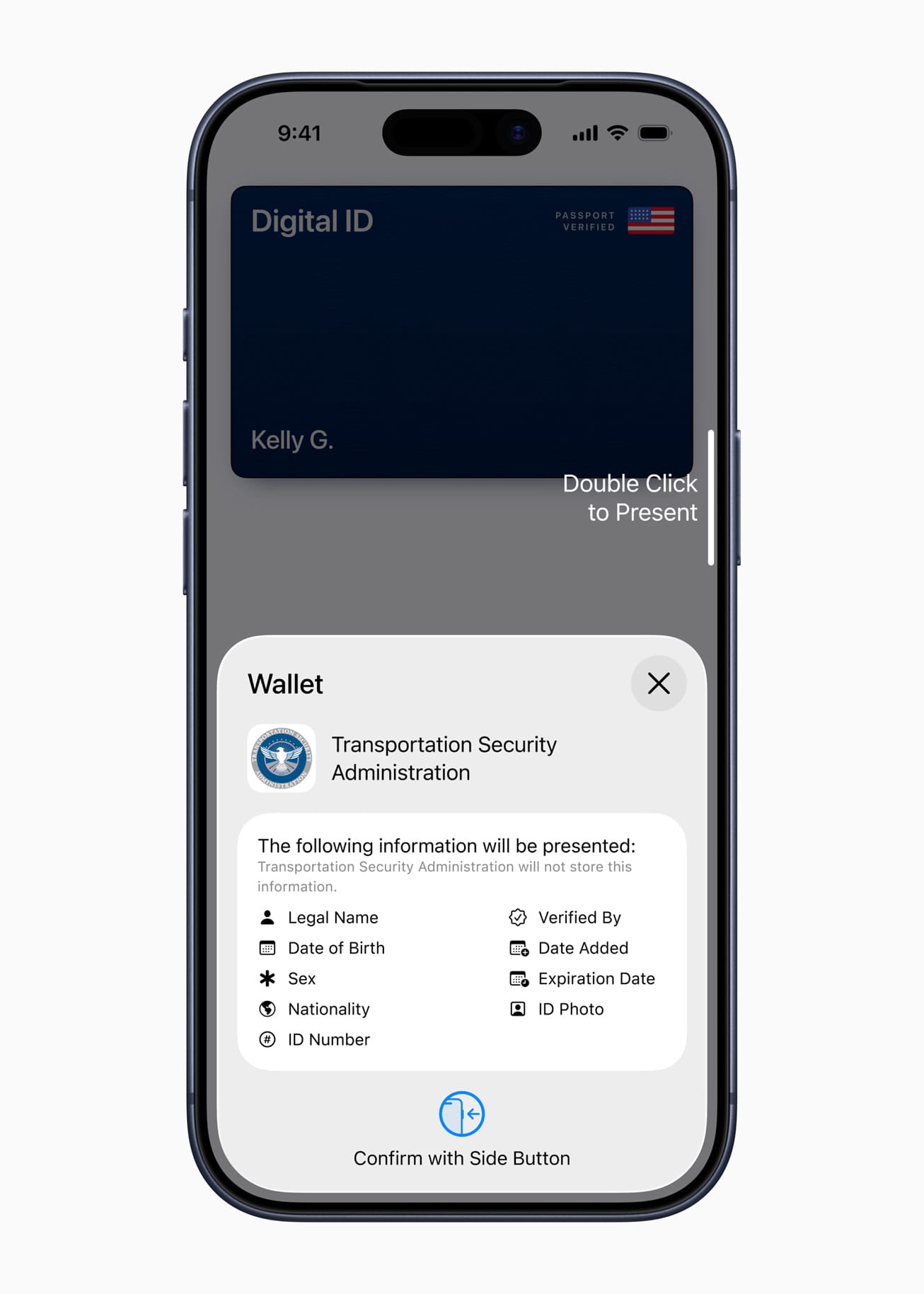
The Long Road to Launch
The journey to today's announcement has been anything but smooth. When iOS 26 was widely released in September, the new feature that lets you add a digital version of your U.S. passport to Apple's Wallet app was delayed, with Apple updating its iOS 26 features page to indicate that the "Digital ID" feature for U.S. passports would be coming in a later software update.
What followed was a frustrating waiting game for consumers eager to embrace Apple's digital identity vision. Apple updated the release timing wording of Digital ID on its iOS 26 features page multiple times, first noting it would be "available in a software update," then changing to "coming later this year," with no associated release timeline. The lack of clarity led to speculation about whether the feature would arrive in iOS 26.1, iOS 26.2, or even through a server-side update.
Jennifer Bailey, VP of Apple Pay and Apple Wallet, announced at the Money 20/20 USA conference in late October that passport-tied Digital IDs would be coming "soon", providing some reassurance but still no firm date. For a company known for its polish and execution, the repeated delays were uncharacteristic and raised questions about the technical or regulatory challenges Apple faced in bringing this feature to market.
What Digital ID Actually Does
Now that Digital ID has finally arrived, it's important to understand exactly what it is—and crucially, what it isn't.
Digital ID offers a secure and private way for users to create an ID in Apple Wallet using information from their U.S. passport, and present their ID with iPhone or Apple Watch. The setup process is straightforward: users scan their passport's photo page, read the embedded chip on the back of their passport to verify authenticity, take a selfie, and complete facial and head movements for verification.
Once created, users can present their Digital ID in person by double-clicking the side button or Home button to access Apple Wallet, holding their iPhone or Apple Watch near an identity reader, reviewing the specific information being requested, and using Face ID or Touch ID to authenticate.
However, there's a critical limitation that every potential user needs to understand: Digital ID is not a replacement for a physical passport. Digital ID cannot be used for international travel and border crossing in lieu of a U.S. passport. This means you'll still need to carry your physical passport for any international trip.
Initial Use Cases: TSA and Beyond
At launch, Digital ID's primary function is domestic air travel. Digital ID acceptance will roll out first in beta at TSA checkpoints at more than 250 airports in the U.S. for in-person identity verification during domestic travel. This positions Digital ID as a complement to the mobile boarding passes already in Apple Wallet, potentially streamlining the airport security experience.
The TSA acceptance is significant, but travelers should approach with realistic expectations. Some users have reported that even with state-issued digital IDs that have been available for two years, TSA machines sometimes aren't working, and they've had to resort to physical IDs after holding up the line. The technology is only as good as its implementation at checkpoints.
Looking ahead, in the future, users will be able to present their Digital ID at additional select businesses and organizations for identity and age verification in person, in apps, and online. This could include age-restricted purchases, online identity verification for financial services, or anywhere that currently requires showing a physical ID.
Why This Matters More Than You Think
On the surface, a feature that can't be used for international travel and works at "select" TSA checkpoints might seem underwhelming. But the strategic importance of Digital ID extends far beyond its initial limited functionality.
First, it's a crucial workaround for a problem Apple has faced for years: the glacially slow state-by-state rollout of driver's license support in Apple Wallet. Today, the ability to add a driver's license or state ID to Apple Wallet is live in 12 states and Puerto Rico—a disappointing penetration after years of effort. By going to the federal level with passport-based IDs, Apple can instantly provide digital identity functionality to any U.S. citizen with a passport, regardless of their state of residence.
Jennifer Bailey noted that "Digital IDs brings this secure and convenient option to even more users across the country, as they can now add an ID to Wallet using information from their U.S. passport", acknowledging this expanded reach. This is Apple recognizing that waiting for all 50 states to come onboard wasn't a viable strategy.
Second, Digital ID represents a significant step toward Apple's broader vision of the iPhone as a complete digital wallet that eliminates the need to carry physical cards and documents. The privacy and security architecture—with encryption, on-device storage of passport data, biometric authentication, and Apple's inability to see when or where users present their ID—establishes a template for how digital identity should work in a privacy-first world.
Security and Privacy: Done Right
Apple has architected Digital ID with privacy as a foundational principle. Digital ID data is encrypted, passport data is stored on the device, and Apple cannot see when and where users present their ID, or what data was presented. This addresses one of the primary concerns about digital identity systems: that they could enable unprecedented surveillance and tracking.
The selective disclosure feature is particularly important. Only the information needed for a transaction is presented, and the user has the opportunity to review and authorize the information being requested with Face ID or Touch ID before it is shared. This means that if a retailer only needs to verify you're over 21, they don't also get your address, passport number, or other sensitive information.
Critically, users do not need to unlock, show, or hand over their device to present their ID, addressing concerns about law enforcement or other authorities potentially accessing the contents of your phone when you're simply trying to prove your identity. The transaction happens via NFC, similar to Apple Pay, without ever unlocking the device.
The International Precedent
While Digital ID is launching in the U.S. first, Apple has already demonstrated proof of concept for digital identity documents internationally. In the past six months alone, driver's license support has come to Montana, North Dakota, and West Virginia, and launched internationally for the first time in Japan with My Number Card on iPhone.
The Japan launch is particularly instructive. The My Number Card integration shows Apple's willingness to work with different government identity systems around the world, adapting to local requirements while maintaining its core privacy and security principles. This suggests that passport-based Digital ID could eventually expand beyond U.S. borders, though Apple hasn't announced any such plans.
Looking Ahead: What's Next for Digital ID
The beta label on TSA checkpoint acceptance suggests Apple is taking a cautious, phased approach to rollout. This makes sense given the delays and the critical nature of identity verification. Expect expansion to additional airports and use cases to be gradual, with Apple likely monitoring for any security or usability issues before broader deployment.
The real test will be adoption. Will users trust storing their passport information on their iPhone? Will TSA checkpoints reliably accept Digital ID without the technical hiccups that have plagued state ID implementation? Will enough businesses and organizations adopt the necessary infrastructure to make Digital ID truly useful beyond airports?
The infrastructure question is particularly important. For Digital ID to achieve its potential, there needs to be widespread deployment of compatible NFC readers at retail locations, bars, rental car companies, hotels, and anywhere else identity verification is required. This ecosystem buildout will take time and coordination across industries.
The Verdict
After months of delays and uncertainty, Digital ID has finally arrived—and while its initial functionality is limited, its strategic importance shouldn't be underestimated. By leveraging U.S. passports rather than waiting for state-by-state driver's license adoption, Apple has found a path to bringing digital identity to millions more users immediately.
The privacy-first architecture, selective disclosure capabilities, and integration with Apple's broader Wallet ecosystem position Digital ID as the foundation for how identity should work in an increasingly digital world. But Apple will need to prove that the technology works reliably in the real world, expand acceptance beyond TSA checkpoints, and convince users that digital identity is both more convenient and more secure than physical documents.
For now, you'll still need to carry your physical passport for international travel and as a backup for domestic trips. But today's launch represents a significant step toward a future where your iPhone truly can replace your physical wallet—not just for payments, but for proving who you are.
The long-delayed feature is finally here. Now comes the hard part: making it work in the messy reality of airports, businesses, and everyday identity verification needs.
Have you enabled Digital ID on your iPhone? Share your experiences with TSA acceptance in the comments below.
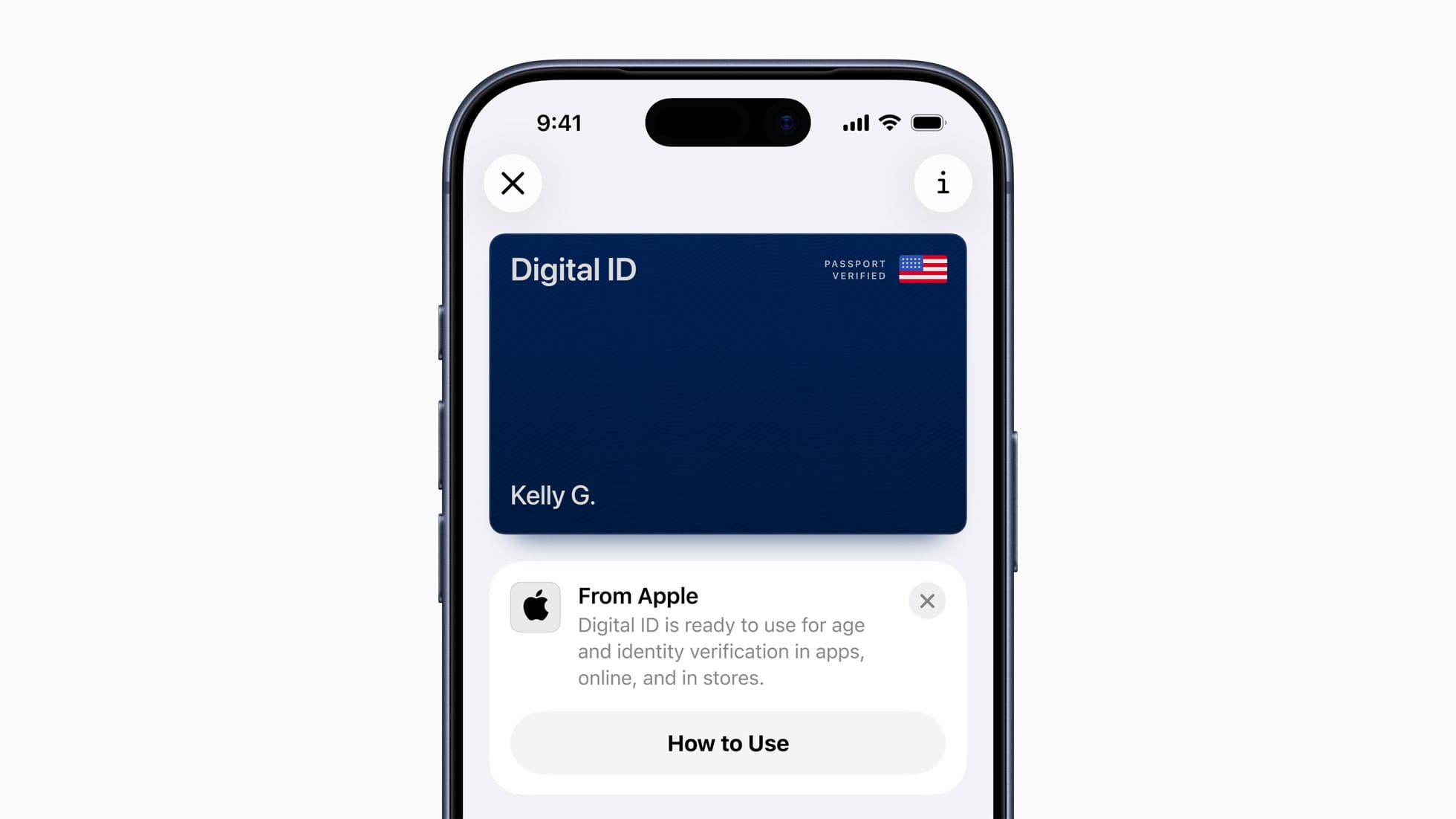



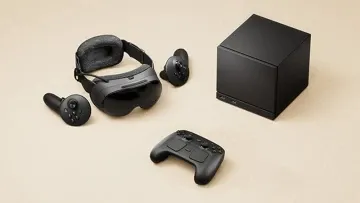



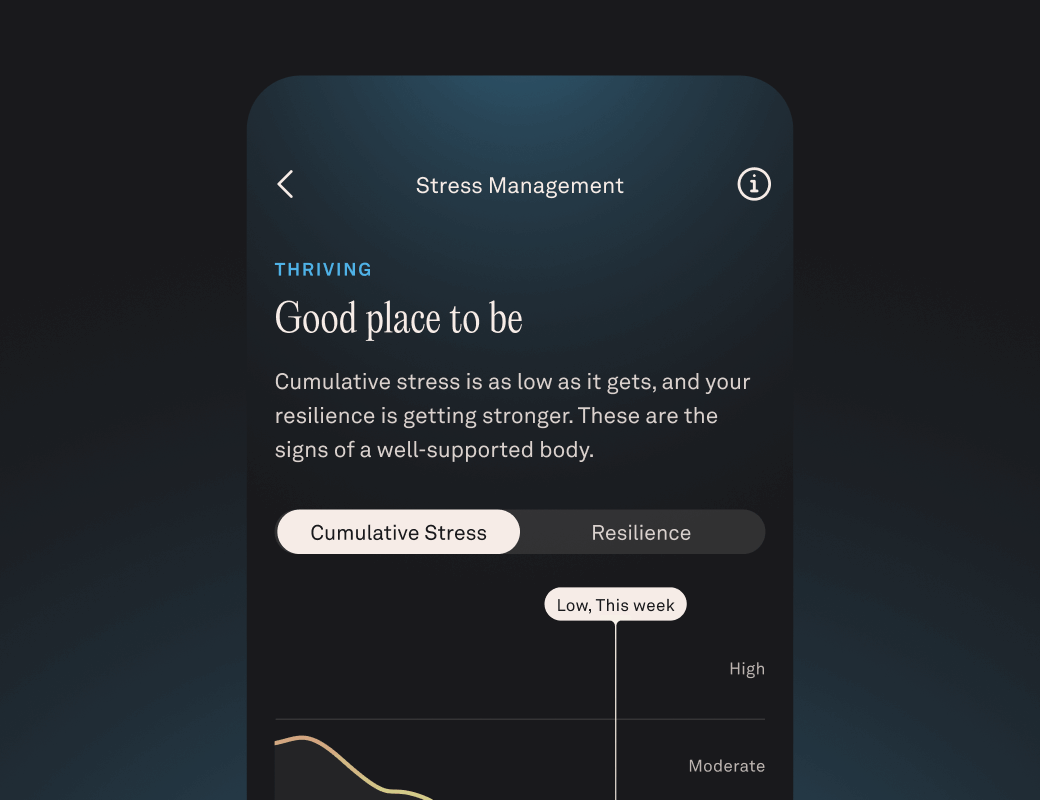
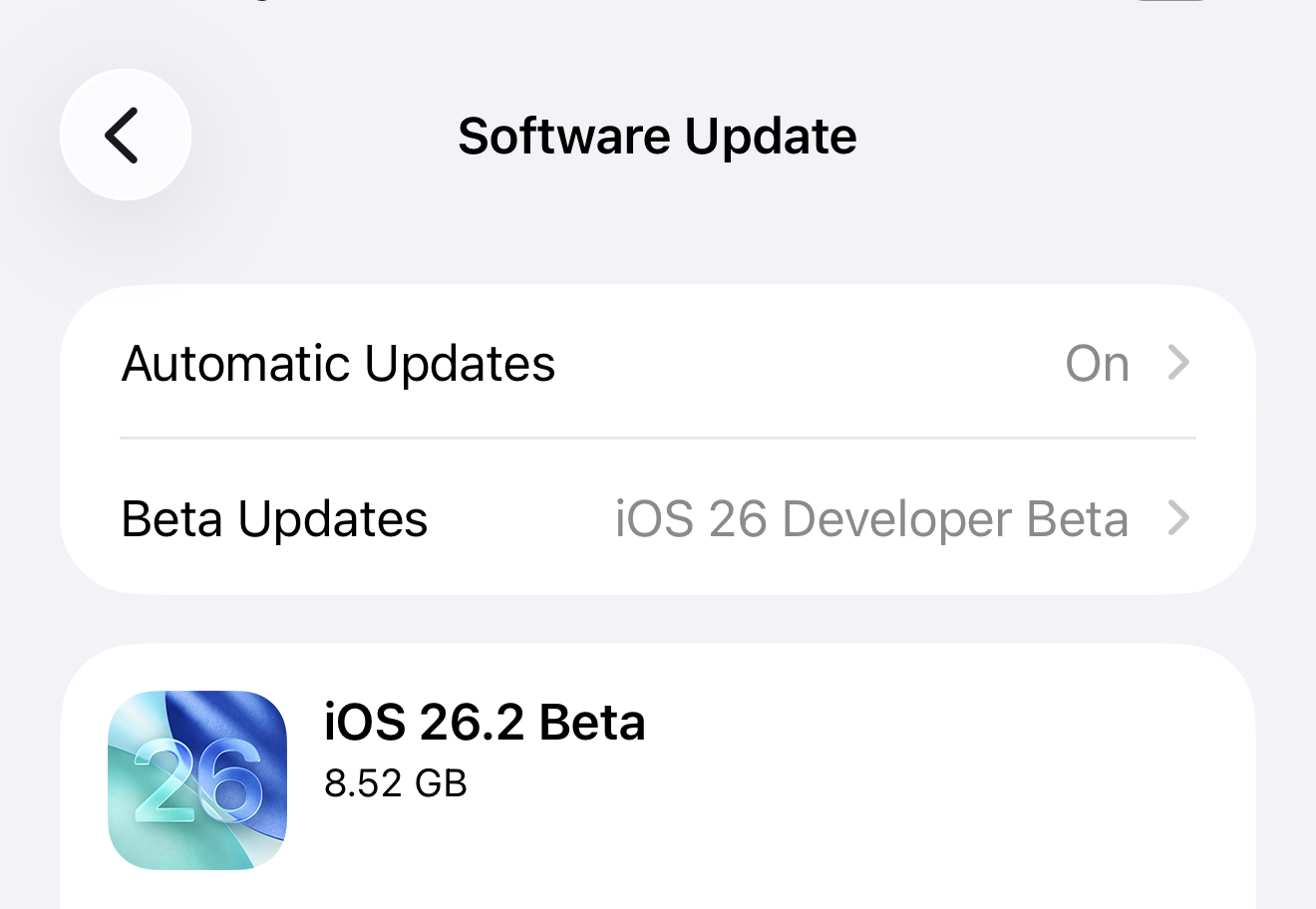
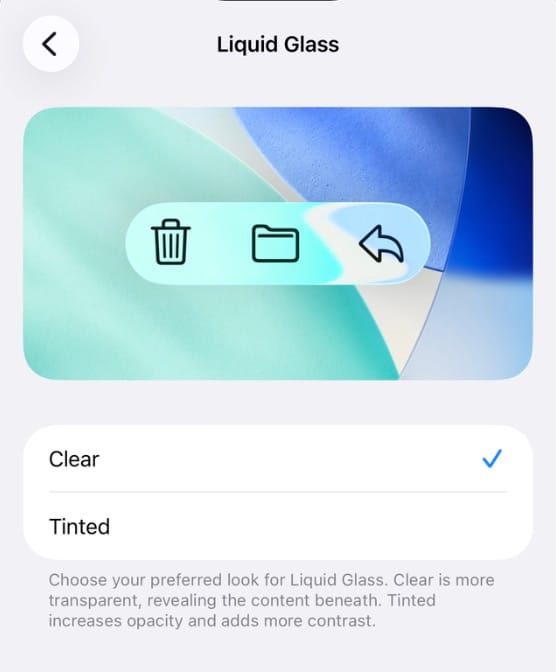
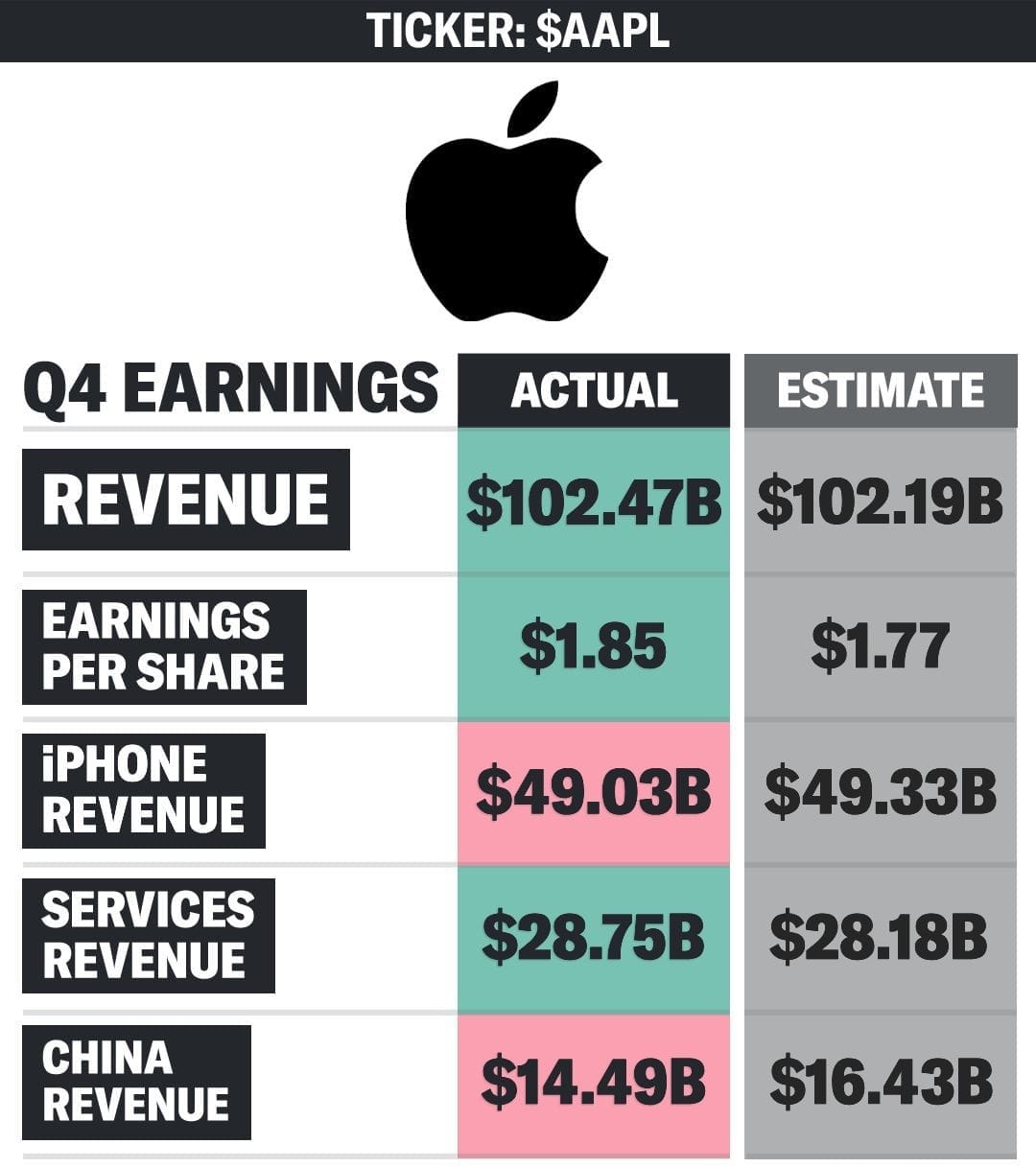
Discussion